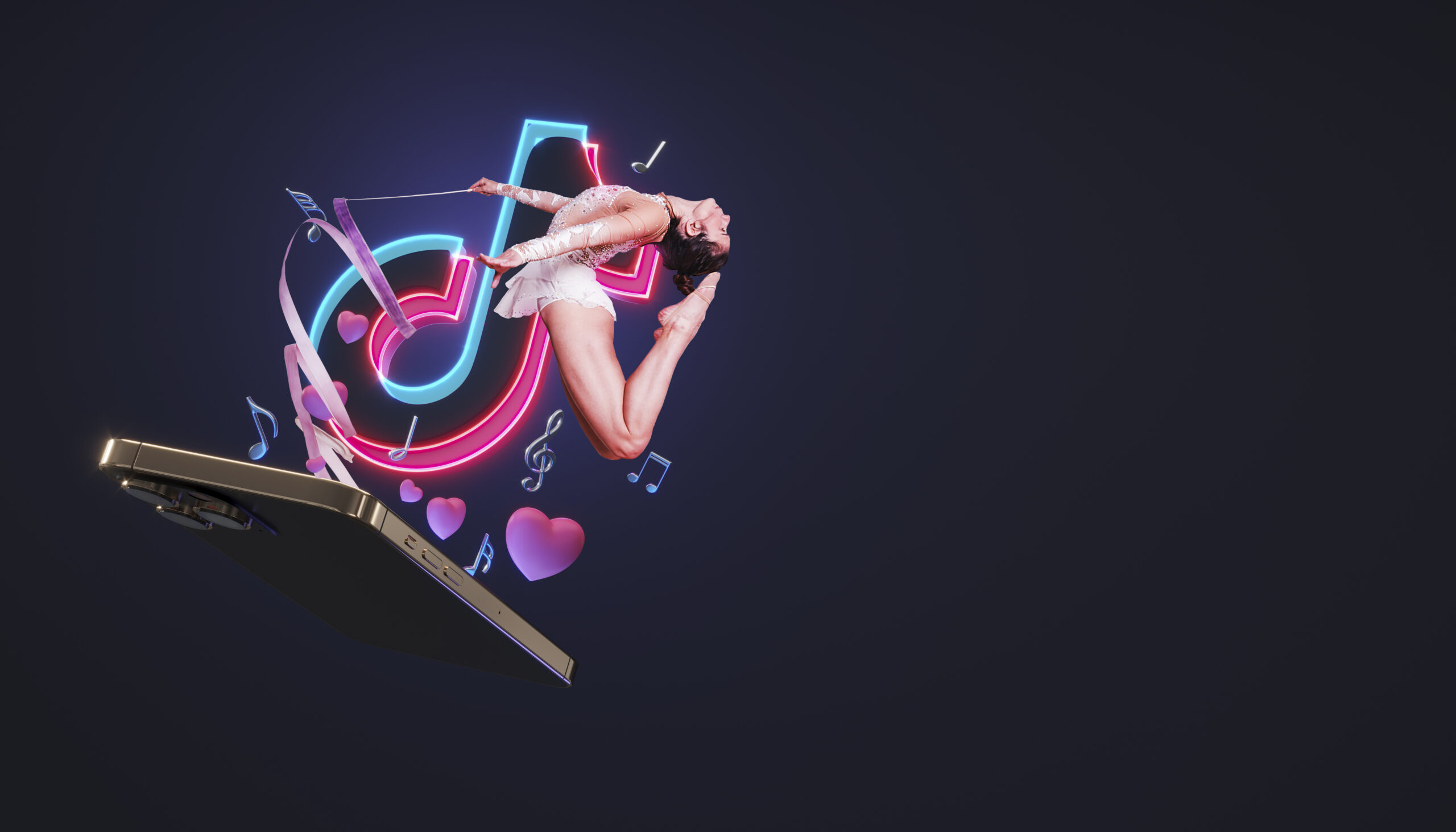The Impact of Page Experience on SEO: Optimizing for Core Web Vitals

Google Core Web Vitals are a set of performance metrics that focus on user experience by evaluating a webpage’s loading, interactivity, and visual stability.
They play a crucial role in understanding how users perceive a web page’s performance and help website owners identify areas for improvement.
Google considers Core Web Vitals as an essential factor in its ranking algorithm, meaning that websites with better scores have a higher chance of achieving higher rankings in search results.
To help website owners monitor and optimize Core Web Vitals SEO, Google has integrated these metrics into various tools and reports, such as Google Search Console and PageSpeed Insights.
Before 2024, the three main Core Web Vitals were Largest Contentful Paint (LCP), First Input Delay (FID), and Cumulative Layout Shift (CLS).
However, Google recently introduced the next core web vitals metric called Interaction to Next Paint (INP), which replaced FID on March 12, 2024.
Largest Contentful Paint (LCP)
LCP measures the time it takes for the main content of a page to load. It looks at the most prominent element on the page, such as a picture or a big chunk of text, and tracks how fast users can see the important content on the page.
In practical terms, a fast LCP improves the user experience by providing a quick sense of loading progress and reducing the likelihood of the user abandoning the site due to slow loading times.
So, optimizing LCP is crucial as it directly relates to how quickly users perceive a page to load.
Slow LCP can lead to higher bounce rates and lower user satisfaction, hurting your core ranking. For Google, an LCP score of 2.5 seconds or less is considered good, while anything over 4 seconds is considered poor.
Optimization Tips:
- Optimizing images by compressing them and using modern image formats (e.g., WebP, AVIF).
- Implementing lazy loading for off-screen images to defer loading until they are needed.
- Minifying and combining CSS and JavaScript files to reduce blocking time.
- Leveraging HTTP/2 or HTTP/3 to improve resource delivery.
- Using a CDN like Cloudflare.
First Input Delay (FID)
FID measures the time it takes for a page to become interactive and respond to user input.
Imagine you’re on a webpage, and you click on a button or try to interact with something like a drop-down menu.
FID measures the time it takes for the web page to respond to that first interaction. It’s crucial because it tells you how quickly the webpage reacts when a user tries to engage with it.
As users expect pages to be responsive to their actions, high FID can result in user frustration and decreased engagement.
So, a good FID score is below 100 milliseconds, with anything over 300 milliseconds considered poor.
Optimization Tips:
- Minimize JavaScript execution time by reducing the size of scripts, deferring non-critical scripts, and using code-splitting techniques.
- Optimize third-party scripts by loading them asynchronously, using a service worker for caching, or removing unnecessary scripts.
- Reduce main thread work by offloading tasks to web workers or minimizing the use of requestAnimationFrame.
Cumulative Layout Shift (CLS)
CLS measures a page’s visual stability by quantifying unexpected layout shifts during loading.
It measures how much the webpage’s elements abruptly shift while you’re trying to use it, like when you’re scrolling down and suddenly everything jumps.
This constant movement can be really frustrating for users because it makes it hard to focus, click on the right thing, or even stay on the page.
So, having a low CLS means the webpage is more stable and easier to use because everything stays put while you’re interacting with it, leading to a better overall experience for users.
Malicious websites can employ layout shifts that lead to accidental clicks on fishy links. So, it’s also Google’s way of filtering out bad actors.
A CLS score of 0.1 or less is considered good, while anything over 0.25 is considered poor.
Optimization Tips:
- Use explicit width and height attributes for images and video elements to reserve space and prevent layout shifts.
- Reserve space for ads and iframes by using a placeholder element or pre-calculating the size and setting the appropriate CSS dimensions.
- Avoid dynamically injected content by initializing UI elements in advance or using CSS transform properties for animations instead of modifying the DOM.
Interaction to Next Paint (INP)
Interaction to Next Paint (INP) will officially replace First Input Delay (FID) as a Google Next Core Web Vitals metric starting March 12, 2024.
Google announced this change in May 2023 to better measure and evaluate page responsiveness.
INP measures the time from when a user interacts with a page to when the browser starts processing the next frame. This metric focuses on a page’s responsiveness to user interactions to ensure that a website provides a smooth and engaging user experience.
INP is simply better than FID, as FID focuses solely on how quickly a webpage responds to the first user interaction, while INP takes a broader view. It considers all the interactions users have with the page throughout its lifespan.
INP gathers data from every click, scroll, or tap and then calculates an overall score based on the most significant delays encountered during the user’s session.
A good INP score is below 200 milliseconds, as it indicates that the page quickly responds to user actions, maintaining a solid connection between user input and visual feedback.
Optimization Tips:
- Optimize JavaScript execution by using code-splitting, lazy loading, and efficient algorithms.
- Break up long-running tasks, use requestIdleCallback() for non-urgent work, and avoid excessive DOM manipulation to minimize blocking time on the main thread.
- Reduce unnecessary rendering work by using virtualization techniques, minimizing the number of DOM nodes, and using CSS containment to isolate complex UI components.
Conclusion
Google Core Web Vitals are essential performance metrics. In total, these three metrics are Largest Contentful Paint (LCP), Cumulative Layout Shift (CLS), and, recently, Interaction to Next Paint (INP), which replaces First Input Delay (FID) starting March 12, 2024. By monitoring these metrics and utilizing tools like Google Site Console and PageSpeed Insights, you can elevate your website’s performance and create an exceptional user experience.



